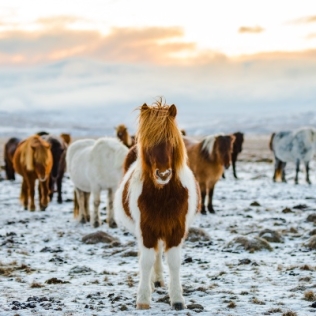If you’re looking to visit Iceland for its frosty landscapes and snow-capped mountains, January is a great time to go. The colder temperatures create a shimmering glow across the country’s terrains, allowing for some excellent winter activities.
Whether you’re seeking a chance to spot the Northern Lights, some of Iceland’s best activities or just want to take in all this enchanting country has to offer, winter is a great time to do so. There is so much to see and do on the island, so it comes as no surprise that many tourists head here year-round.
For those booking a trip here in winter, we have all the information you need so you know what to expect during your visit. From the weather, to what to do, plus many more top tips and recommendations. Keep reading for everything you need to know about Iceland in January.
The Weather in Iceland in January
Iceland is renowned for its colder temperatures and snow-covered landscapes – just one thing that makes the country so breathtaking. With this in mind, it’s important to know what weather to expect in January, this way you can plan your trip accordingly so that you can make the most of your time here.
How Cold is Iceland in January?
January in Iceland is one of the colder months of the year. With low temperatures averaging around -3°C and highs of around 3°C, expect to be wrapped up warm for the majority of your visit!
The winds can also be stronger during this time, so you must pack everything you need to stay warm. Many tourists choose to visit Iceland in January as this is the most beautiful time to make the most out of the hot springs, all whilst the snow falls around you – creating a truly magical setting!
If you’re planning to partake in a self-drive road trip around Iceland in January, it’s important to keep an eye on the weather. It is known that the climate during this time can be unpredictable, so always check before heading out on your journey to make sure the conditions are safe to drive in.
Daylight in Iceland in January
No matter what time of year you choose to visit Iceland, you’ll no doubt want to make the most of the sights whilst staying here. With this in mind, the days are much shorter in January. The mornings are darker and the evenings tend to slip away quicker in comparison to summer.
Don’t let the daylight hours deter you from visiting during this time though. With the right planning and preparation, you can still make the most out of your trip to Iceland in January. Expect around 4-6 hours of daylight each day, the shortest days tend to be the start of the month, gradually getting longer towards the end.
You will also find that with so much snow across Iceland, this helps keep the landscapes well-lit. Plus, if you’re fortunate enough to be here when the Northern Lights make an appearance, you will find a magical experience as they light up the skies across the island!
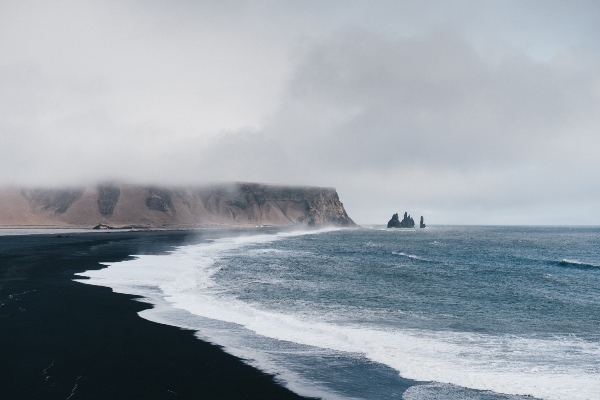
Things to Do in Iceland in January
Iceland is a country brimming with adventure and exploration, making it an ideal destination for anyone seeking a jam-packed holiday. With so much to see and do here, you will find yourself needing more time in this stunning country! Below are just a few of our top recommendations for what to do when visiting Iceland in January.
Visit the Ice Caves
One of the best things about visiting Iceland in January is that it is the middle of the ice-cave season. The low temperatures make for an excellent time to see all that these underground beauties have to offer. You can wander deep below the surface to experience the impressive glaciers and marvel over the remarkable natural structures. There are also some great ice tours, the perfect way to adventure into the caves all whilst learning more about their formation.
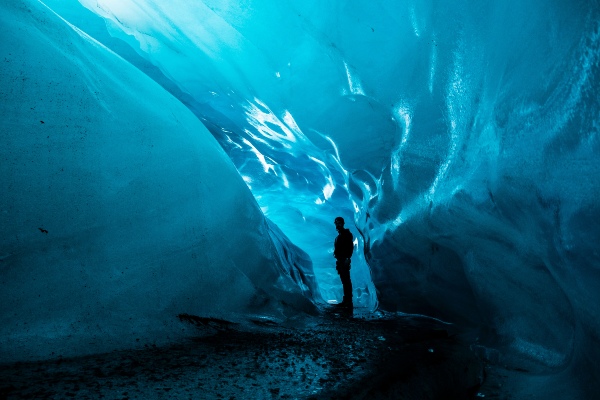
Trek Across Glaciers
One of Iceland’s most popular highlights is the glaciers. The sub-zero temperatures make for the perfect environment for these natural structures to thrive. Not only do you get to witness these in all their glory in January, but you can also spend some time trekking across them – the best way to see them up and close.
You can also book a tour across Iceland’s glaciers, allowing for a wonderful trip checking out these icy formations whilst learning more about the country’s landscapes. Some of the most renowned glaciers are Vatnajokull, Snaesfellsjokull, Langjokull and Eyjafjallajokull. However, you will find much more worth admiring when exploring Iceland’s terrains with an experienced guide.
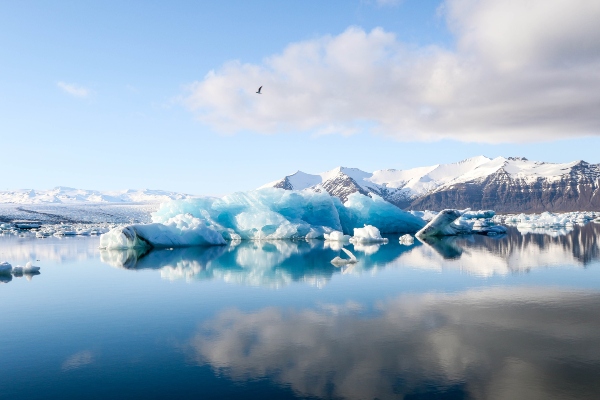
See the Northern Lights
It comes as no surprise that many tourists head to Iceland each year to catch a glimpse of the beautiful Northern Lights. If you’re planning a trip here in January, you’re in luck because this is an excellent time to see these stunning sights.
With fewer daylight hours, it creates an excellent environment to see the Aurora Borealis. There are some top spots for ensuring you get a good view of the Northern Lights. Check out places like Thingvellir National Park, the capital city of Reykjavik, Jokulsarlon glacier lagoon, plus many more. You can also hop on a tour which will take you to the best spots to marvel over the astonishing Northern Lights in Iceland.

Drive the Golden Circle
Because Iceland has so much to offer, it makes sense that visitors choose to explore the country by road trip. One of the more popular routes is the Golden Circle, starting and ending in Reykjavik. The journey takes you to three of the country’s most popular attractions, Thingvellir National Park, Geysir Geothermal Area and Gullfoss Waterfalls.
Driving along the Golden Circle provides an unmatched experience, allowing you to see some of the best that Iceland has to offer. You can navigate the whole route in around 4 hours. However, we recommend allocating between 6-10 hours, allowing you to stop off and explore along the way.
Another thing to note is that due to the inconsistency in weather in January in Iceland, always check the conditions before driving. This is a frequent route for many, so the roads are generally clear. However, it’s always best to be prepared before driving here in winter.
Stroll through Reykjavik
Another popular attraction for many tourists in Iceland is the country’s beautiful capital, Reykjavik. Here you can experience the culture, explore some great sights and try out the many bars, restaurants and shops on offer.
Visit the Hallgrimskirkja Church, a 244-foot structure allowing for 360-degree vistas of the city. Experience the vibrant nightlife of Reykjavik, with many lively bars and restaurants providing an energetic atmosphere for all to enjoy. Or perhaps stroll through the city to catch a glimpse of the impressive art and architecture. There is so much to see and do in Reykjavik, you will find yourself needing more time here just to marvel over all of its beauty.
How to Drive in Iceland in January
Can you drive in Iceland in January? Yes, you absolutely can! The weather and road conditions are often a concern for many motorists during this time. However, with proper planning and caution, you shouldn’t encounter any problems.
Due to the higher chance of snow-dusted paths and icy roads, it is highly recommended that you rent a 4×4 vehicle for driving in Iceland in January. This will help you navigate the trickier routes with ease and will better prepare you for harsher weather conditions.
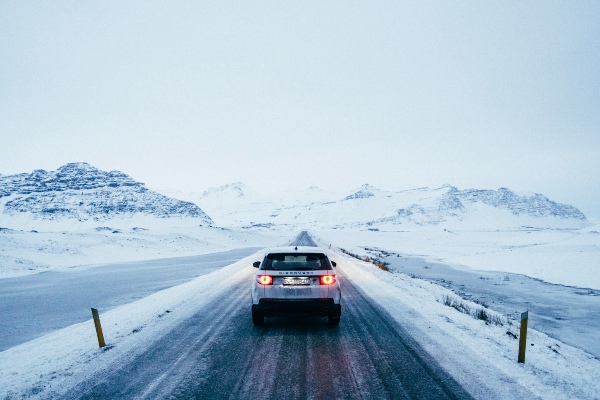
What to Pack for Iceland in January
As previously mentioned, the weather in Iceland in January can be a little unpredictable. With this in mind, it’s best to pack for all conditions, so that you can explore the island in comfort. Below are our top recommendations for what to pack for a winter trip to this beautiful country.
Clothing
- Warm clothes (sweaters, knitted jumpers)
- Plenty of layers
- Waterproofs
- Hat, scarf and gloves
- An insulated coat (preferably windproof)
- Thick socks
- Thermals
- Swimwear (if you plan to visit the hot springs)
Footwear
- Hiking boots (these should be waterproof)
- Hiking shoes or comfortable trainers
- Ice boots (if you plan to hike the glaciers or other icy terrains)
- Slippers/cosy indoor footwear
Other Essential Items
- Toiletries
- Electronics and chargers
- Travel flasks/water bottles
- Torch
- Ice scraper (vital if you’re driving in Iceland in January)
- Waterproof backpack cover
- Sunglasses (the sun can be bright in winter)
- Medication
- Hot water bottle (for chilly nights!)
There may be other things that you think you may need for your trip to Iceland in winter, but the above should help get you started. The main thing to consider is what you plan on doing whilst visiting. If you’re spending much of your time outdoors, it’s important to pack warm clothes and waterproof gear. For those looking to spend some time wandering around Iceland’s beautiful towns, you don’t need to worry about packing hiking gear, as warm clothing and comfortable footwear will suffice.
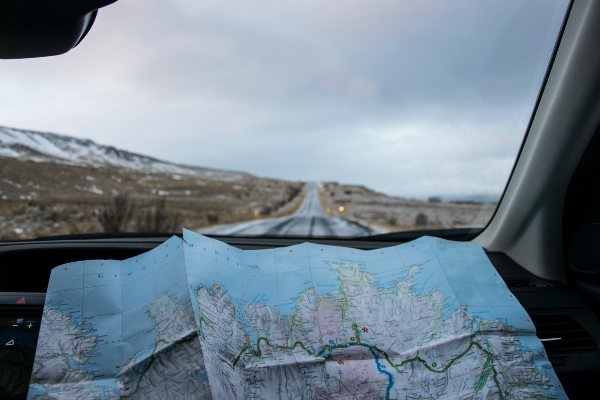
Festivals in Iceland in January
There are some amazing festivities happening in Iceland in January. This provides a great way to immerse yourself in the culture here, all whilst enjoying some great entertainment. If you’re seeking some of the country’s best events during this time, check out the list below!
New Year’s Eve (December 31st)
New Year’s Eve is celebrated across much of the world. If you’re lucky enough to be in Iceland during this time, you will discover an unmatched experience. With impressive fireworks displays lighting up the sky and huge crowds gathering in Reykjavik to celebrate, the atmosphere is incredible. The city comes to life with vibrant parties, dancing and joy spreading throughout the streets.
Prettandinn (January 6th)
In Iceland, Prettandinn marks the end of the Christmas season. This is known as the 13th day of the holiday and is celebrated throughout the country on January 6th. You will find huge bonfires and fantastic fireworks happening throughout the island during this time.
Dark Music Days (Late January)
For any music lovers, a visit to Iceland in January will be sure to impress! The Dark Music Days festival takes place in the Harpa Concert Hall and celebrates international talent. You will find a selection of musicians performing to large crowds, supplying the perfect evening out in Iceland.
Thorrablot (Late January – Mid February)
Thorrablot is a traditional festival in Iceland that dates back to Viking times. This is the perfect place to experience Icelandic cuisine with classic delicacies on offer throughout the country. Try traditional plates and experience Iceland’s food culture during this wonderful celebration.
Summary
Now you have all the information you need to visit Iceland in January, we hope you can make the most out of your trip. This stunning country has plenty to offer all year round, with winter providing an extraordinary experience. With landscapes lit up by snow and festive cheer spreading throughout the many beautiful towns, you are sure to enjoy your time in Iceland in winter.
If you’re planning to visit Iceland for an adventurous road trip, you’re likely in need of transportation. Fara Car Rental has a huge selection of vehicles to choose from, ideal for all types of seasons. There is no better way to see all that this stunning island has to offer than driving the many incredible routes.
